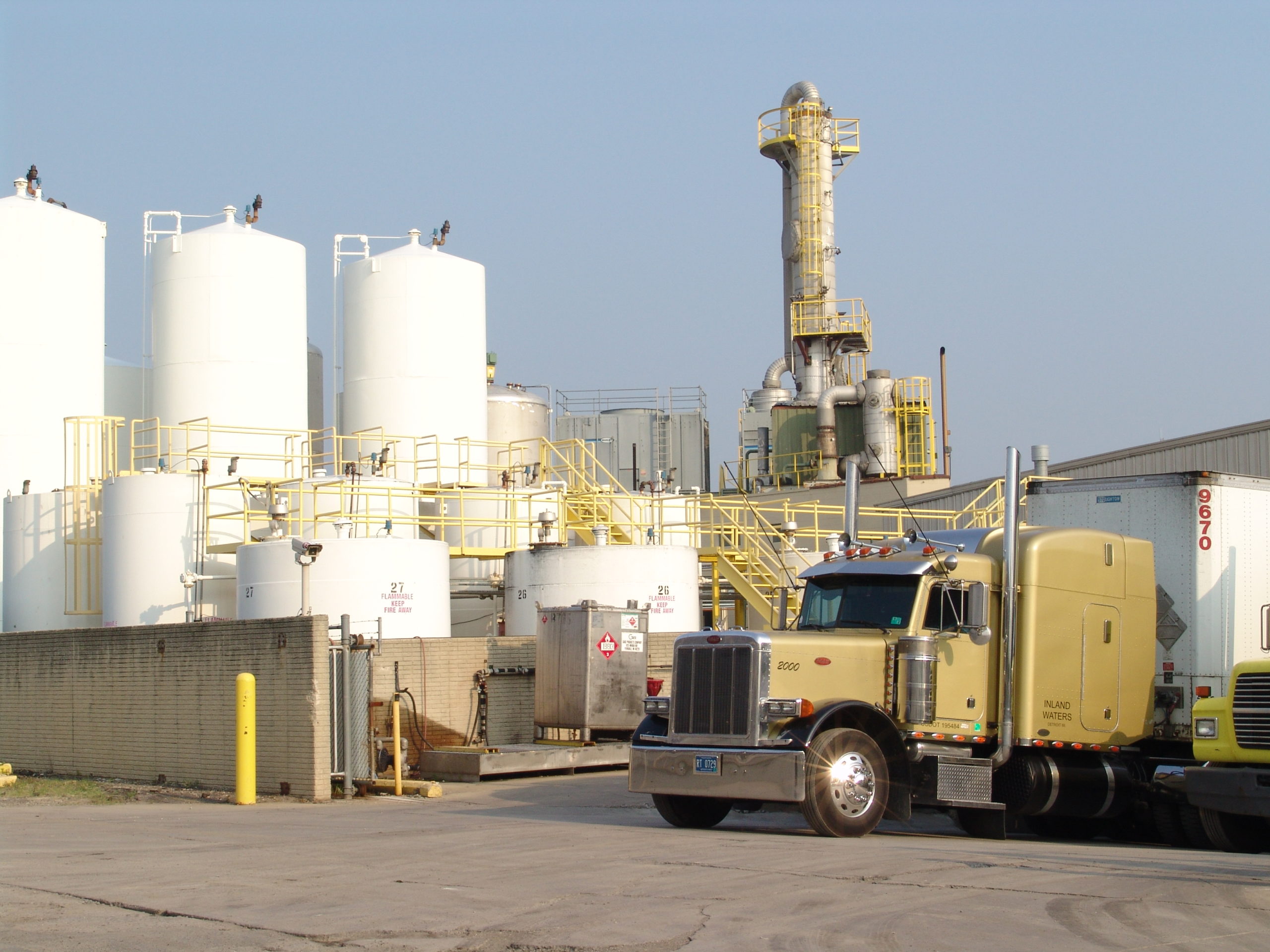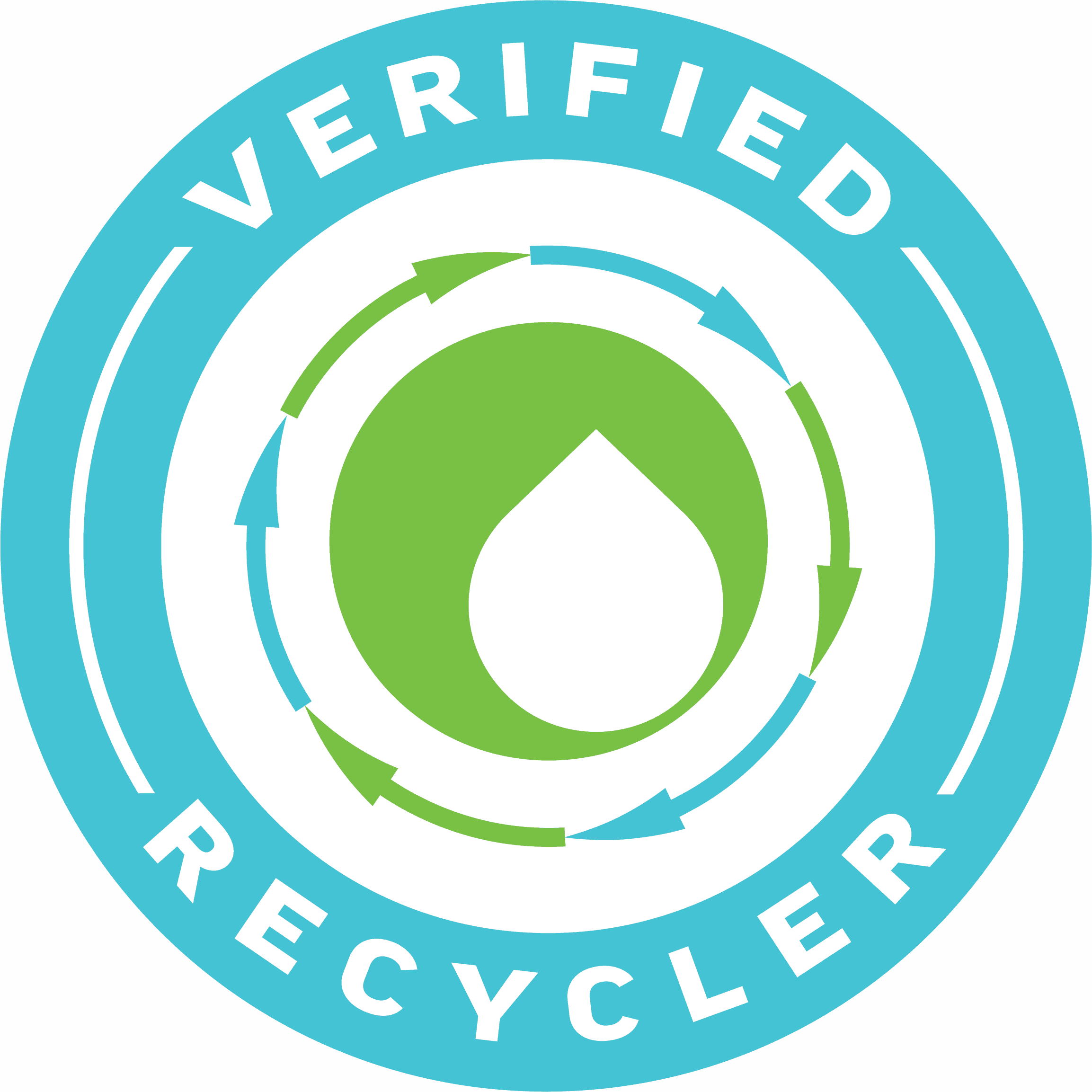Gage Products is a pioneer in the development of automotive recycling processes and is also one of the nation’s first closed-loop recyclers of hazardous secondary material (HSM) from paint-system waste material.
If HSM is managed by a licensed reclamation facility such as Gage, we can help companies throughout the U.S. save thousands of dollars in costly inspection, reporting, and record keeping requirements for the management of hazardous waste material.
Michigan Part 111 Rule 299.9204(1)(bb) states that HSM that is generated then transferred to a reclamation facility that has an operating license under these rules for the purpose of reclamation is not hazardous waste under this exclusion if certain conditions, notifications and record keeping requirements are met. These Michigan rules are associated with the federal “Definition of Solid Waste” (DSW) regulations that revised several recycling-related provisions and reinstated the “transfer-based” exclusion from 2008, during the 2018 vacatur of select 2015 DSW.
As an innovator in the development of sustainable, closed-loop remanufacturing systems for automotive and industrial paint solvents, Gage annually reclaims more than five million gallons of used solvent and returns it to original condition for reuse by our customers.
On June 7, 2018, Gage became the first company to be authorized as a verified recycler by the State of Michigan’s Department of Environment, Great Lakes, and Energy (formerly the Michigan Department of Environmental Quality). Although the term “verified recycler” was removed in Michigan’s latest 2020 rulemaking, the exclusion remains and is associated with the term “reclamation facility”. In addition to Michigan, many other states have adopted the rules to ease the management of waste material when handled under the transfer-based exclusion as defined by the Environmental Protection Agency (EPA).
There are also significant environmental benefits associated with this process. They include providing a proven sustainable solution, reducing environmental footprint while decreasing process costs and conserving natural resources, minimizing waste opportunities, and reducing air emissions.











